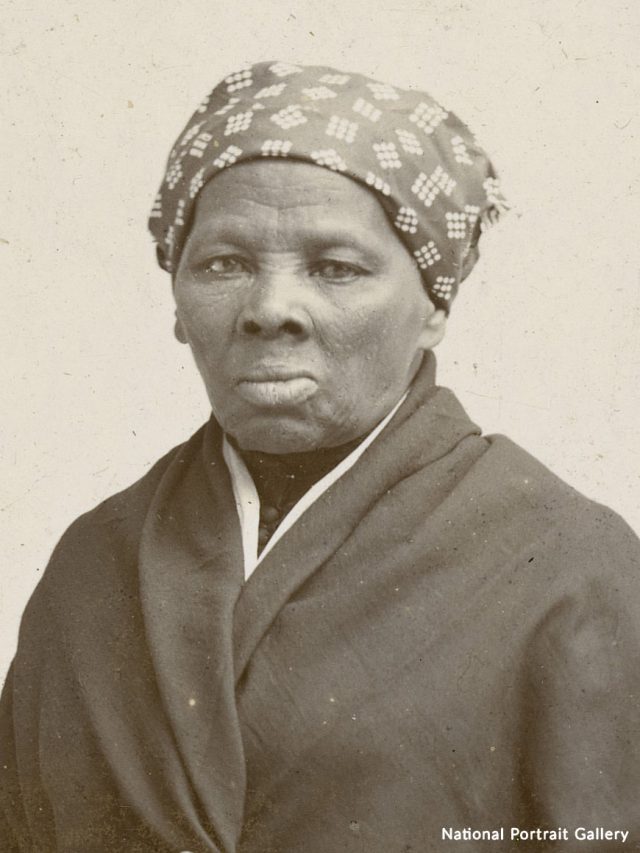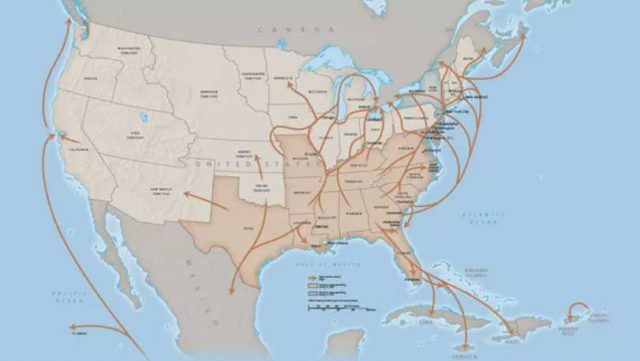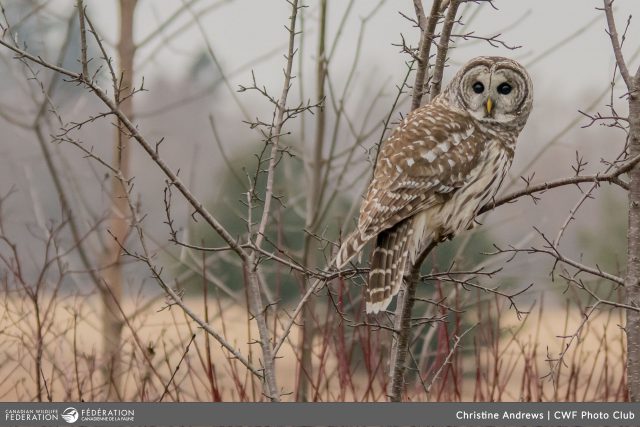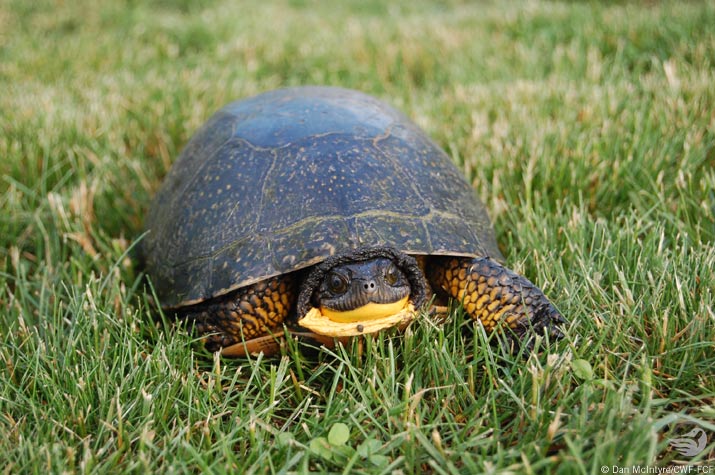How Conductor Harriet Tubman Used the Call of the Barred Owl to Guide Enslaved People to Freedom
“Who cooks for you? Who cooks for you?” The call of the Barred Owl is not only a staple of the North American landscape, but also the call of freedom. Harriet Tubman, a conductor of the Underground Railroad and a staunch naturalist, used this bird’s call as a tool as she guided approximately 70 enslaved people to freedom.

As Tubman was born into slavery, her exact date of birth is still unknown, but scholars believe she was born in 1822. As a child, she was a domestic servant, was tasked with walking through marshes to check for muskrat traps and worked in the field alongside her brothers and father. In 1849 Tubman made her escape from Maryland to Pennsylvania which was a free state at the time. She heroically devoted her life to help other enslaved people, including her parents and four brothers, make the journey to freedom. That meant making the trek from Pennsylvania to Maryland and back again 13 times.
Canadians are familiar with the history of the Underground Railroad and it a source of pride for our country. As it should be. In the mid-1800s, a group of black and white men and women helped to guide escaped slaves in the southern U.S. to free states in the northern U.S. and to Canada. Over the course of its operation, some 30,000 enslaved people arrived in Canada thanks to the Underground Railroad.

Of course, it would be inappropriate to leave Canada’s history and its relation to slavery at the good work done with the Underground Railroad. Canada is not void of its own dark history of slavery. For some 200 years, slavery existed in Canada too. The colony of New France, established in the early 1600s, enslaved Black and Indigenous Peoples. In fact, by 1759, New France had enslaved 3,600 people in its settlement. It was only until 1807 that the slave trade was abolished and another 27 years later when slavery itself was abolished across the British Empire (including, of course, Canada). It took years to change the hearts of Canadians and the laws here alongside; thankfully this shift gave birth to the Underground Railroad.
As a conductor of this network, Tubman leaned on her understanding of the natural world and the environment to help people to freedom. She used the North Star and the Big Dipper to guide her steps. She was able to advise groups how to survive in the woods and swamps, and came to know the landscape along the route inside and out. She crossed the creeks and rivers between Maryland and Pennsylvania strategically, in the hopes that it would throw off the scent for the dogs that tracked them.

And of course, she used bird calls. Most famously she used the Barred Owl’s call that sounds like “Who cooks for you? Who cooks for you?”. The call was truly a call to freedom. It would signal to enslaved people when it was alright to leave their hiding and continue their journey north. It was the perfect call to use considering how common the Barred Owl is in this region. These owls don’t migrate, in fact, they don’t move around very much at all! Scientists banded 158 Barred Owls and found that all 158 hadn’t moved more than 10 kilometres away from where they were originally banded. All that to say, the call of a Barred Owl in these areas would not raise alarm whatsoever. The call was truly a staple of southern swamps as these birds nest by water and pairs call to each other frequently. Tubman, wise to the ways of the natural world that surrounded her, used the wild species and habitat to her advantage and was able to guide 70 enslaved people to freedom.




